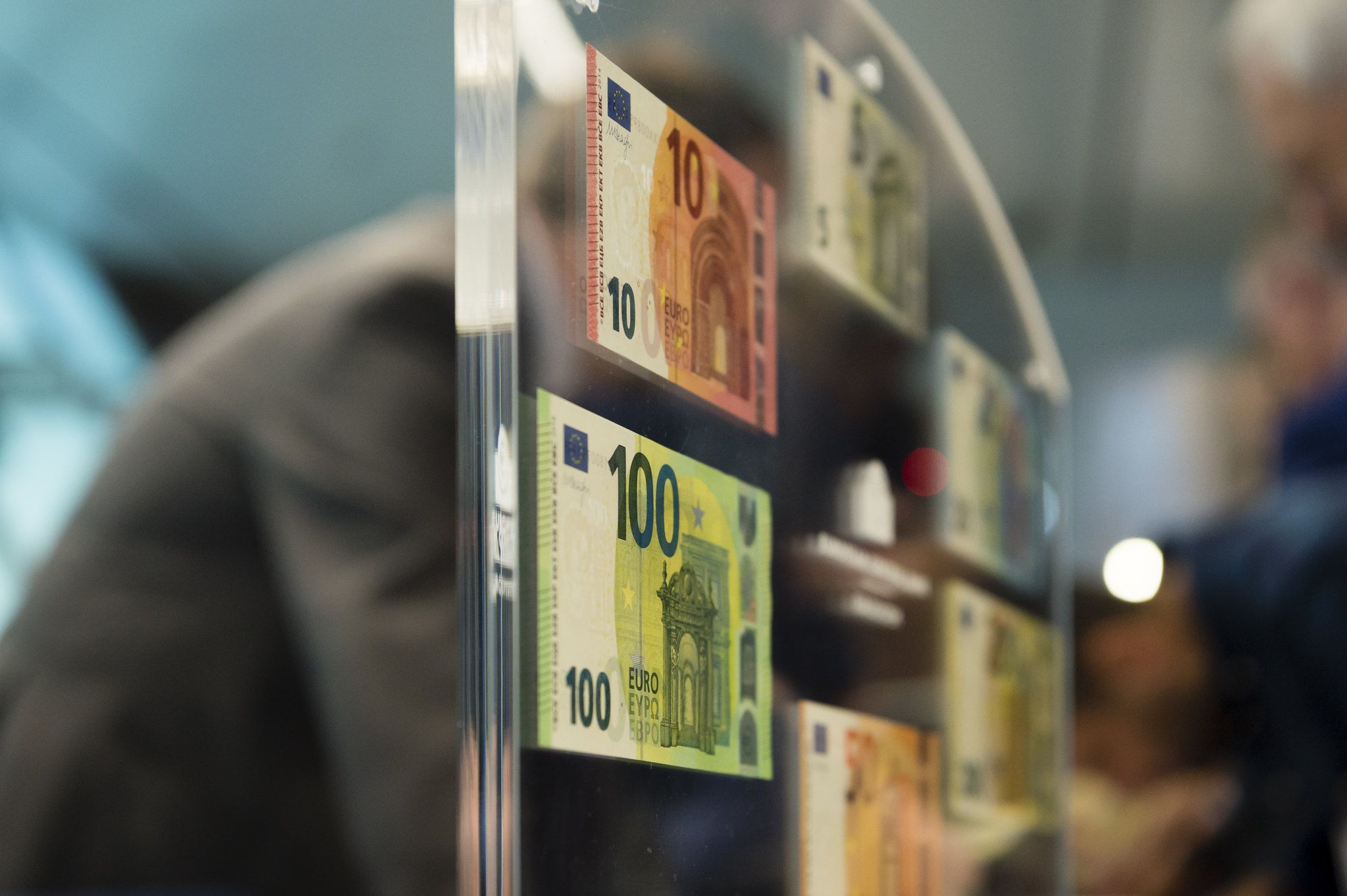Euro-Dollar Forecast Targets Raised at JP Morgan
- EUR outlook improves thanks to EU political developments
- Biden victory seen as USD negative
- But outright bullish EUR/USD stance still unjustified

Image © European Central Bank
Secure a retail exchange rate that is between 3-5% stronger than offered by leading banks, learn more.
The world's largest commercial bank has raised its forecast target for the Euro-to-Dollar exchange rate, however the pair's new target still remains below where the pair can currently be found suggesting that while the outlook has improved for the single currency, an outright bull case remains as elusive as ever.
The world's largest commercial bank has raised its forecast target for the Euro-to-Dollar exchange rate, however the pair's new target still remains below where the pair can currently be found suggesting that while the outlook has improved for the single currency, an outright bull case remains as elusive as ever.
JP Morgan have lifted their EUR/USD forecasts by 3-5%, believing that political risks in the Eurozone have lifted since European nations made tangible progress towards agreeing a joined-up approach to funding the response to, and recovery from, the covid-19 crisis.
"The proposals for a degree of fiscal burden sharing through the EU’s recovery fund (circa 5% of regional GDP spread over four years) have at the very least deferred the risk that a renewed wave of sovereign stress and/or populism in the periphery could compromise the integrity of the single currency once again," says Paul Meggyesi, Head of FX Research at JP Morgan.
The European Council will this week meet to further thrash out in further detail what the fund will look like and how it will operate. The meeting of EU leaders is scheduled to end on Friday and any obvious disagreement that could spoil the mood music around the fund could trigger losses in the Euro.
The new Coronavirus Relief Fund of some €750bn is to be financed out of the EU's budget and via the issuing of bonds by the European Commission which could in turn be partly funded through new taxes. The fund will issue a mixture of grants and loans to those countries that are most in need.
"This involves a form of redistribution from the more prosperous countries, including Denmark and Sweden, to the least prosperous," says Roger Bootle, chairman of Capital Economics.
The Euro-Dollar exchange rate has rallied sharply since mid-May, when it was quoted just below 1.08, to reach current levels at 1.1276. Last week the pair hit its highest level since March when 1.14 was attained.
The rally coincides with another positive driver of Euro value: market sentiment. A recovery rally in global equity markets has been in place since investors believed the coronacrisis sell-off reached its nadir back in March, which saw the Dollar start to sell off again.
Therefore how the recovery in asset prices progresses from here will also likely impact on the value of the EUR/USD.
"The market’s impressive/ blinkered (delete as appropriate) optimism about the global recovery could persist for a few more months yet as global data turns higher, before legitimate concerns about the quality and extent of the recovery are able to get a look-
in; this optimism could continue to pressure USD generally and so support the desire of fund managers to neutralize long-standing EUR underweights," says Meggyesi.
The rally has however been questioned this week by spikes in covid-19 cases in China and the U.S., where a number of states have reported the reproduction rate of the virus to now be back above 1.0, meaning the virus is spreading.
While there have been localised spikes in infections in the U.S., it is still yet to reach the scale that could be considered a second wave. As such, investors are likely to look through the current concerns which could aid the Euro.
However, any genuine surge in cases that suggests a second wave is in fact underway could see markets unravel, boosting the value of the safe-haven U.S. Dollar in the process.
JP Morgan are meanwhile watching U.S. political risks over coming weeks and months as the U.S. heads for a highly-fraught November Presidential election. Meggyesi reflects that the political risks in the U.S. are due to rise just as they are dying back in the Eurozone meaning, "domestic political tail-risk to USD is increasing," says the analyst.
"The odds on a Biden presidency and the potential for less-centrist policies under Biden compared to the pre-epidemic baseline," he adds.
However JP Morgan caution that while EUR/USD forecast targets are raised, they still reside below current spot levels in the exchange rate as there is still no reason to justify an outright bullish stance.
"Crucially, the prospects for a sustained improvement in European growth remain highly contentious," says Meggyesi. Furthermore, the European Central Bank is being tipped to maintain an ultra-easy policy stance when contrasted to the U.S. Federal Reserve, that will ultimately deny the Euro any advantage on the interest rate front.
The investment bank raises its year-end EUR/USD forecast from 1.06 to 1.11, with the one-year-ahead forecast raised from 1.06 to at 1.09.





